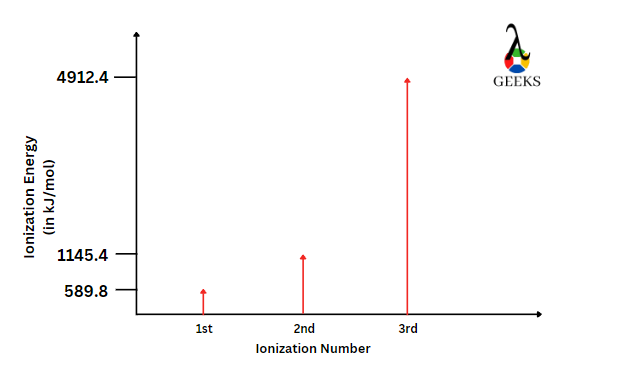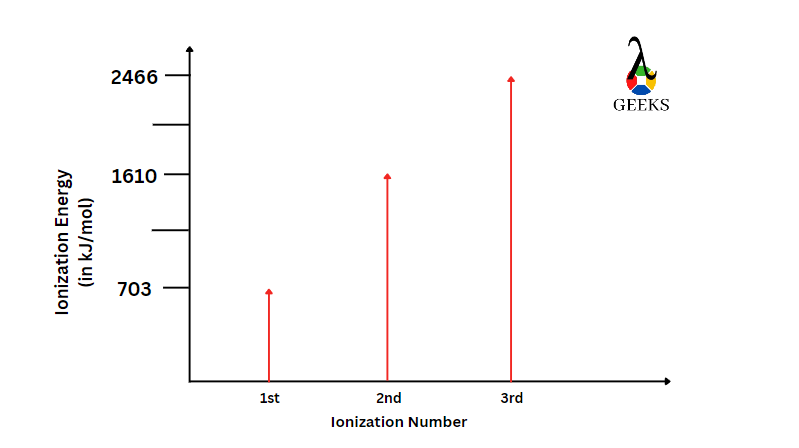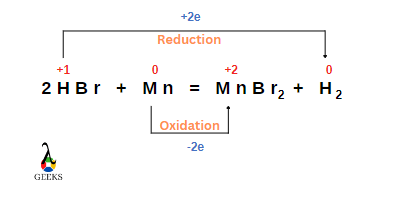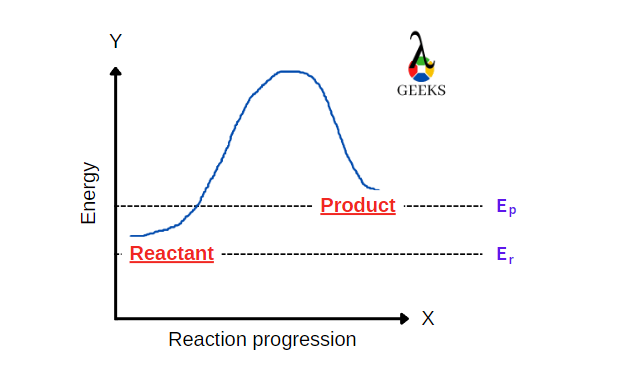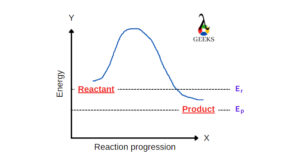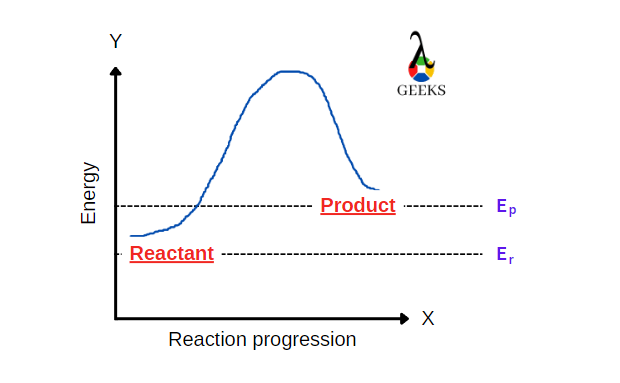15 Lead Uses in Different Industries (Need To Know Facts!)
Lead is a shiny and soft metal that belongs post-transition metal group in the periodic table. Let us read about the uses of lead in industries in this article. Lead (Pb) is denser and heavier than most general metals or non-metals. It has several uses in today’s world as discussed below: Lead is being used … Read more
